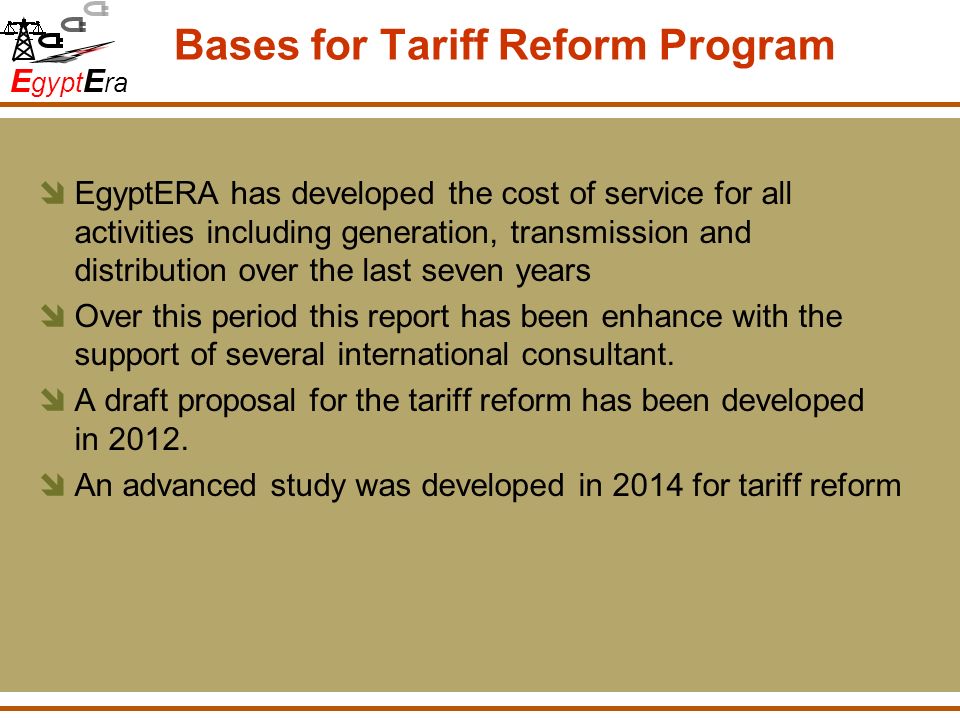What Is The Tariff Reform Program Philippines
The Philippines: September 1999. While participants in the Car Development Program must comply with local -content. Or the Tariff Reform. Uvlayout V2.08 Rapidshare. TARIFF REFORMS IN THE PHILIPPINES 1 INTRODUCTION Following the attainment of political independence in 1946, the Philippine. The Tariff Reform Program (TRP). As in any program of reform, nonetheless, the Tariff Reform Program needs time for its effects to be seen and felt. This is especially true for a program of liberalization which, in essence, the TRP is.

Tariff Reform Program The Tariff Reform Program (TRP) is the review or restructuring of the Philippine tariff system that the government undertakes on a continuing basis to make the tariff structure responsive to the needs of the economy, taking into consideration the changing patterns in trade and advancements in technology. So far, four (4) Tariff Reform Programs have been undertaken since the 1980’s. Appeals are available to parties interested in requesting modifications of tariffs. Petitions for tariff modification may be filed by interested parties under Section 401 of the Tariff and Customs Code, as amended. The Tariff Commission conducts investigations on the petitions it receives during which public hearings are held to afford interested parties reasonable opportunities to present their views. The Commission submits its findings and recommendations to the National Economic and Development Authority (NEDA) which then schedules these for deliberation by the Tariff and Related Matters (TRM) Technical and Cabinet Committees.
An Economic Assessment of the Tariff Reform Program. The Tariff Reform Program In the Philippines, trade reform started in 1981 when the first Tariff Reform.
Final approval is granted by the National Economic and Development Authority Board after which the Commission prepares the implementing Executive Order. Following the attainment of political independence in 1946, the Philippine government embarked on an industrialization drive aimed at achieving economic self-reliance.
Import substitution was adopted as the strategy to bring about self-reliance. Corel Draw 12 Highly Compressed more. Some manufactured goods that were previously imported began to be produced domestically. A few heavy industries such as chemicals and iron and steel, were also established. At that stage of the country’s economic development, the import substituting industries were not efficient enough to compete against imports. And so the government, prodded by interest group lobbying, put up high tariffs and import restrictions to protect local industries. Thus, begun the regime of high and widely dispersed tariffs, which gave protection to local industries. The revenues that the tariffs delivered to the government provided the extra appeal.
However, under this high and widely dispersed tariff structure; balance of payments problems emerged and persisted. The protected import substituting industries grew, but a bias against exports was structured into the economy. This came about in many ways. For one, the peso exchange rate was fixed and overvalued to enable the protected industries to reduce the cost of their imported raw materials and capital equipment.
But the overvalued peso was effectively a tax on exports. And since at that time, the country’s top merchandise exports were mainly agricultural, the policies ended up discriminating against the economy’s largest sector. Assured of a domestic market, the import substituting industries failed to realize economies of scale, thereby limiting growth of the industrial manufacturing sector. In consequence, the employment share of manufacturing stagnated at about 10-12 per cent over time. The high and dispersed tariffs brought additional costs. Smuggling was encouraged. A good deal of resources got spent not in creating wealth but in diverting the government’s revenue share to private pockets.
Given these undesirable outcomes, policymakers started a reform process towards a low and narrowly dispersed tariff structure with a uniform rate as the final goal. The tariff reforms showed positive results but its implementation was bereft with difficulties. Tariff Reform Program - 1 Rationale In the 1970’s, industrial and trade policies were biased towards import-substituting activities (activities that are made to support local industries) which resulted, among others, in the overprotection of certain local, domestic market-oriented industries.
Comments are closed.